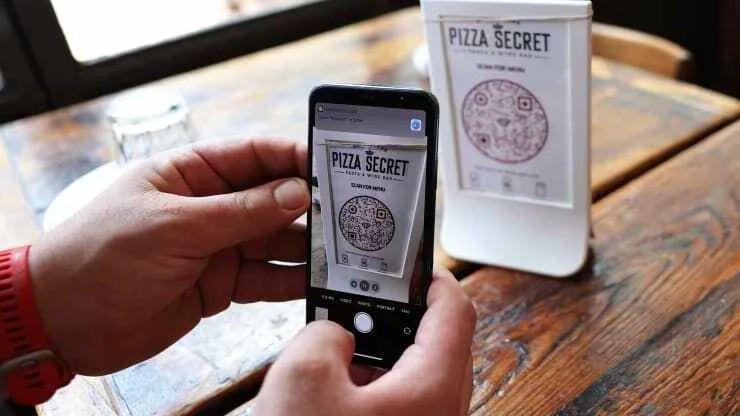 为什么一些美国餐馆现在才开始使用二维码来点菜,而中国在十多年前就开始使用二维码了?
为什么一些美国餐馆现在才开始使用二维码来点菜,而中国在十多年前就开始使用二维码了?
正文翻译

图

图
评论翻译

图

图
很赞 2
收藏